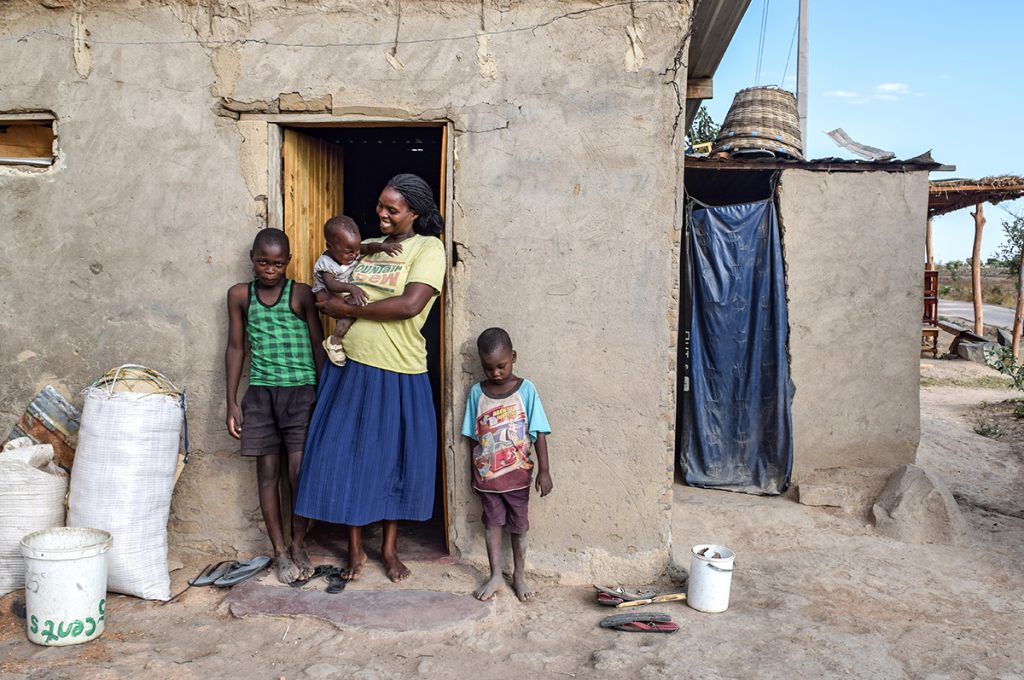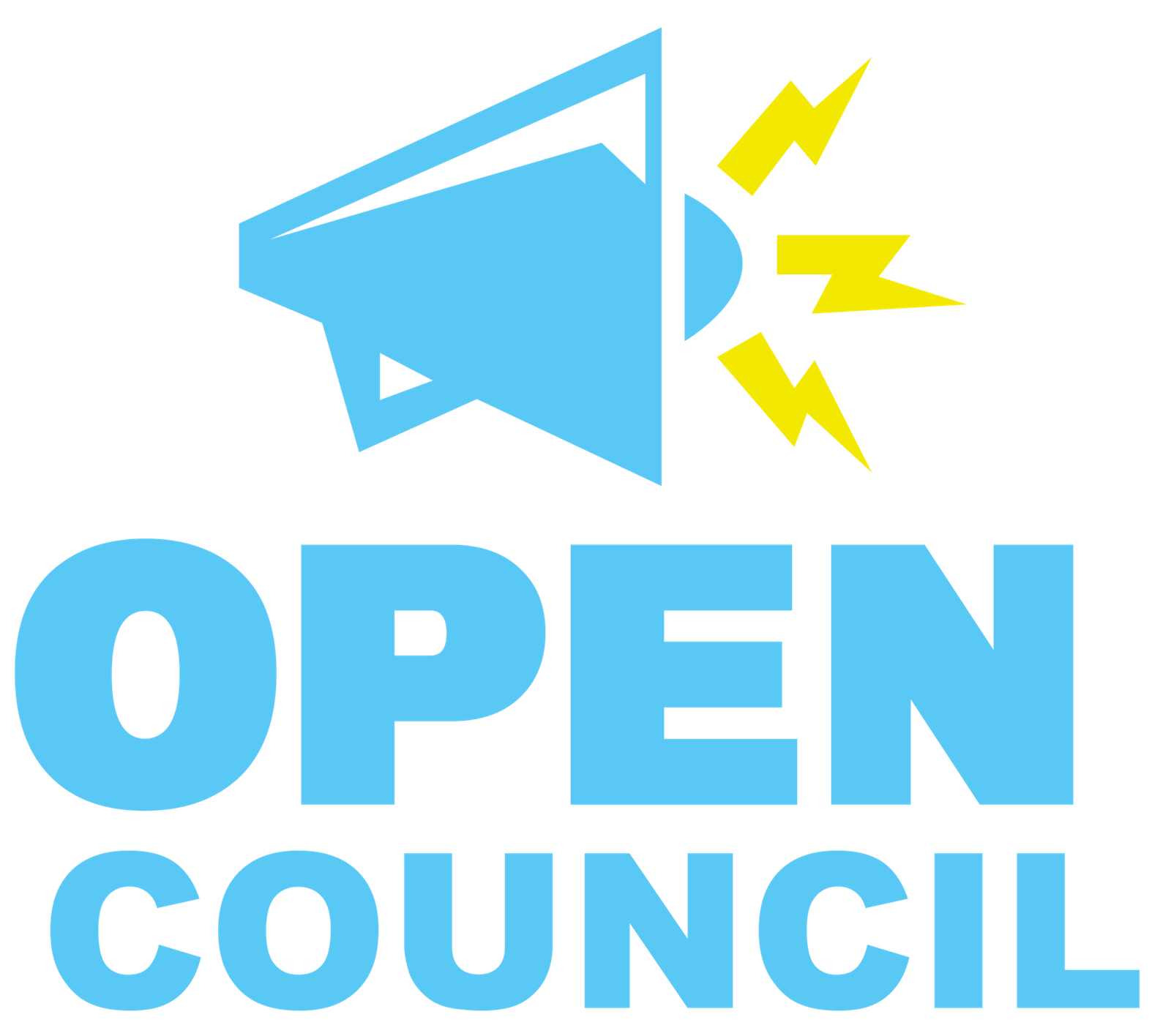By Wisdom Mumera

About 15km out of Harare’s CBD, eastwards along Bulawayo road is a place called White House.
By its name one’s mind is immediately given positive images to conjure.
Taking upon the famous American residency of their President, one imagines the Zimbabwean White House to copy much from its foreign equivalent.
However, in reality the place is a despicable outback of undeveloped stands, shacks sinking in water, potholed roads and haphazard land use.
It’s as far from the American version of White House as the next elections are from being free and fair.It’s a shame.
The thin strip of what was once a road connecting residents from Rydaleridge and Granary to the main Bulawayo road is an obscene insult to the name, road.
It’s so cratered with potholes drivers prefer using the outside paths than the actual road.
Granary itself, a few kilometres from White House, is another developmental disaster.
Sited in a pure wetland, the area is such a mess of mud and water during the rain season that people wear plastics over their shoes when going to work or school.
They remove the plastics when boarding kombis at the main road.
“We can manage this mud and water without pressure as we are now used to it,” says Shepherd Mugandari who came to the area over 10 years ago.
“It’s much better dealing with mud than having to pay US$80 per room per month leasing from someone.
“As long I know the place is mine, this issue of mud I can copy with. It’s difficult though.
A Popular Model of Colorful Depravity
White House and Granary are models of the new developments which have taken over Zimbabwe’s capital Harare.
With over 2 million people on the housing waiting list, developers have been racking windfalls from desperate aspiring landlords.
The developers merely site the place, map it, sell the stands then disappear.
They don’t build roads, put gravel or build sewage systems. Many of the new areas have no tap water or tower lights.
The model is the same in many such places which include Southlea Park, Hopley, Marshlands, Kingsdale, Knowe and Damafalls.
The developer simply sold the land and went away.
In Knowe, a supposedly affluent low density location in Norton the residents have tried fighting the developer, Pfugari Properties, at the courts.
The excursion has grown bigger with many sub-battles while the larger war remains not won.
On the other side, Southlea Park is as sad and dirty as its name is pristine and clean.
There are no tarred roads. No electricity for many. No tap water and no bright light anywhere in the near or far.
Like its peers, it’s a location of practicality and not convenience. It’s all about the basics of survival.
What’s In A Name?
What is however even more common about these wastelands disguised as new suburbs is the beauty of their names.
The many suburbs flourishing in the capital are usually given colorful and enticing names.
Having visited them and seen the desolation there, one is left with the solid and depressing idea that it’s all a marketing gimmick to lure buyers.
While Central Government has been awkwardly pasting the names of dead heroes and foreign luminaries on old roads, corrupt developers are crafting foreign sounding names on their disgusting patchworks.
The trend is occuring even outside the capital.
Gimboki, in Mutare, sounds fancy and powerful until one realises that it’s just a depressing dumpsite with human beings living on its smelly mound.
However, to escape the tragedy of it all the monied have hit upon their own idea; new suburbs away from this insane congestion of poverty and depravity.
An example is the futuristic Cyber City being built in Mt Hampden.
“Mount Hampden is the new Harare,” said Shaji Ul Mulk, the billionaire who is backing it.
Mulk says that he is investing $500 million to get started on a project that he believes will ultimately cost $60 billion and resemble Dubai.
“The parliament building has already been built there and all the ministers are moving there.”
While the poor are consoling themselves with high sounding patches of development the rich and elite are creating the real thing.
The gap is widening. Reduced only by semantics.
